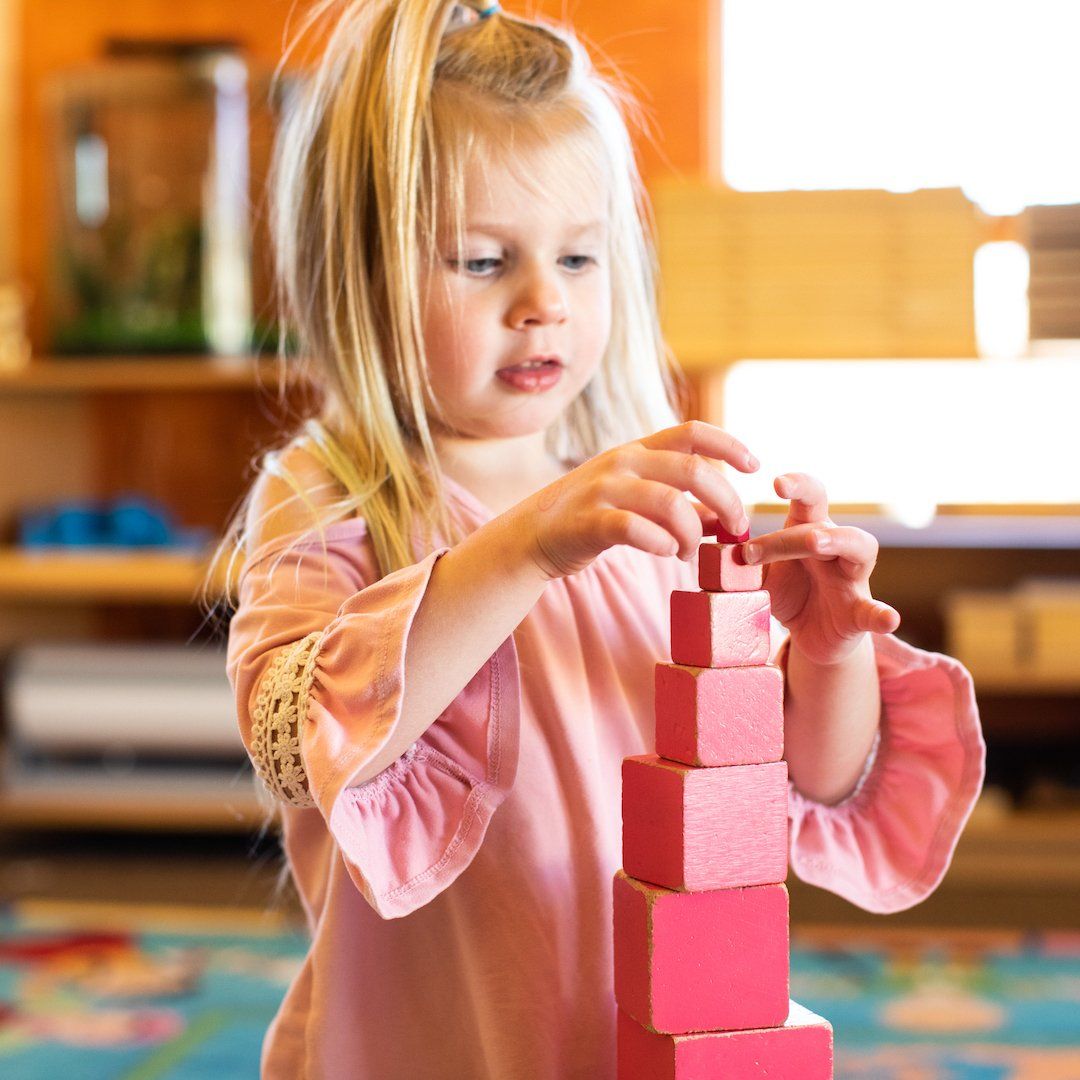We are accustomed to discussing and being used about a variety of Montessori myths, and it’s most often that these misunderstandings come from people who haven’t spent time in a high-fidelity Montessori environment that applies the methods as they were originally intended. The truth is, anyone can call themselves “Montessori”. There’s no trademark on the name, and so it can be pretty misleading to people who are trying to discern what is real Montessori and what isn’t.
In some of my research for a presentation on myths, I came across this article: [ Being a Montessori Teacher Made Me Decide Not to Raise My Kid That Way ] written a few years ago in which the author describes deciding that a Montessori education was not appropriate for her family. That is one major myth debunked already: a Montessori education is NOT for everyone. It’s not a profession/avocation for everyone and it’s not an approach to childhood for everyone. This author illustrated some of biggest misunderstandings regarding Montessori and I found it helpful to use as a discussion launchpad.
“They (the children) aren’t beholden to any sort of classroom structure”. This is simply false. Montessori classrooms thrive on structure, and we know that children need it to succeed. One of our most repeated mottos is “freedom within limits” and we believe the limits are just as important as the freedom. Children do need choice and we do advocate for building independence, but in our environments they are required to do so within the carefully constructed boundaries created by adults.
The author observes that tuition for a child to “just” engage in practical life activities all day seems unwarranted. My response is twofold: three-year-olds often prefer to engage in practical life activities for much of the day because it correlates with their development, and practical life is far from all that is offered to young children. Three-year-olds in a high-fidelity Montessori program receive extensive lessons and are presented with materials in the areas of sensorial learning, mathematics, language, biology, geography, and more.
One example highlights a concern many parents have: what happens if my child avoids certain work? How is that balanced with “child-led” learning? She tells of a seven-year-old who is unable to write their own name because the teachers didn’t make him. There’s a lot of missing information from this example, including individual characteristics of the child beyond age. Also possible is, although called Montessori, this school was not one that had well trained teachers or administrative guidance. In any effective and good school children are guided. This means that while they have lots of autonomy, there are expectations, especially as a child enters the elementary years. They are not allowed to simply avoid doing the work they don’t enjoy as much; they are given respect and taught a wide variety or time management skills to meet specific goals. They may move at their own pace, but they are still expected to engage in their own learning.
Many new Montessori educators - including apparently the article’s author, find themselves consciously avoiding interrupting the children’s work. She talks about having to literally sit on her hands to keep herself from interfering with the children’s work. Our society typically views teachers as the centre of the classroom and expects that they are constantly engaged with the children directly. In reality, sometimes (many times?) the children just need us to get out of their way. They need to discover answers without having them fed directly. They need time to explore and engage with materials in their own way to discover what they cannot when an adult is filtering the experience through his or her own expectations.
The beauty of this approach is that the adult may sit back and observe. We aren’t just doing nothing, rather, we are actively behaving as scientists. The information we gather from observing our students is then used to guide our own future work with the children. It allows us to see their understanding in ways much deeper than we would be able to by administering a test or asking the child to complete a worksheet.
Finally, although there is definitely a need for more Montessori education in elementary, middle, high school and beyond, there are two fantastic Montessori high schools in Ontario, hundreds across the United States and internationally. There are also graduate programs that use Montessori principles to design integrative studies for adult learners; one excellent example is TIES.
Perhaps the ultimate take home message from this article, is you can’t believe everything you read online. Researching one of the most important choices you will make as a parent is an important responsibility and trusting the sources of that information is important. When it comes to a Montessori program that can be confusing. Choosing the right Montessori school for your child is critical. Unless the teachers are trained through very specific programs, and unless the school is accredited by an authentic association (such as the CCMA in Canada), you can’t be sure that it’s an actual Montessori program. That lack of oversight can result in expectations not being met and basic learning not established.
We know this is just one article of many that perpetuate false ideas about Montessori education, but we hope that by addressing some of those ideas here, we can help to clear things up a bit. Our hope is that high-fidelity Montessori is what will define Montessori of the future, as it is certainly what defines Montessori of the past.
Still have questions? Please reach out and ask! We are always happy to have a conversation.



